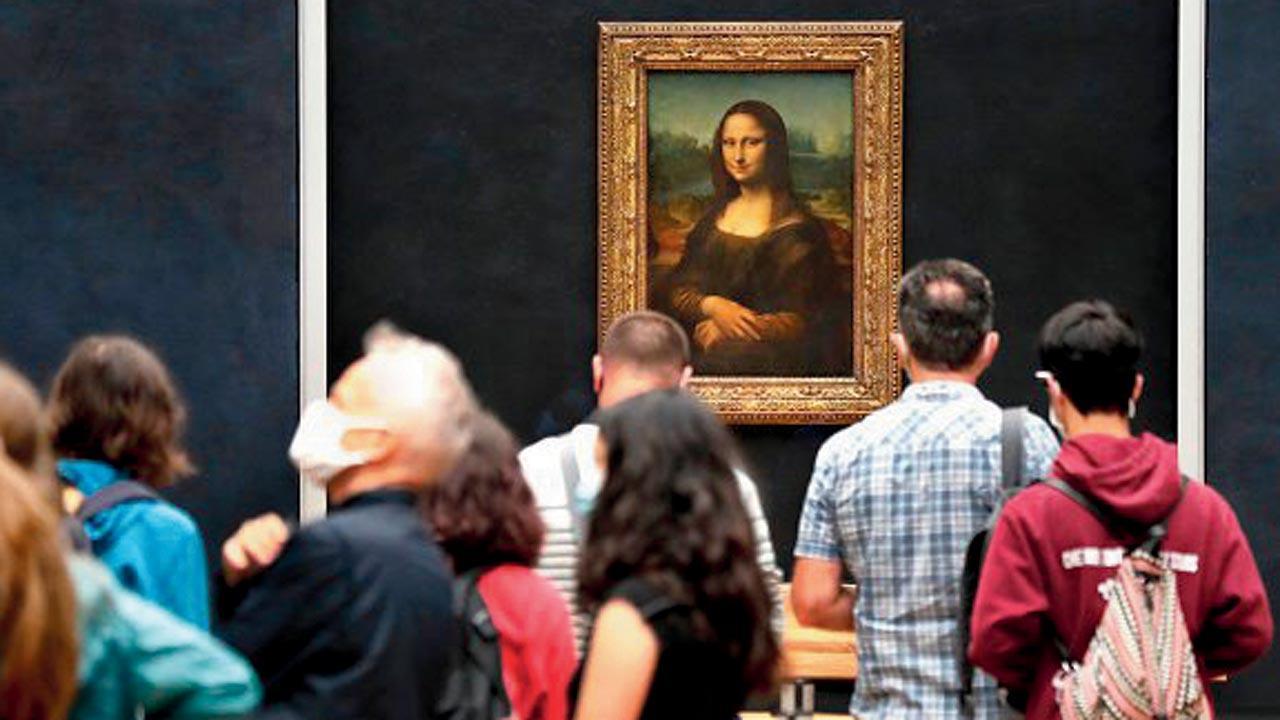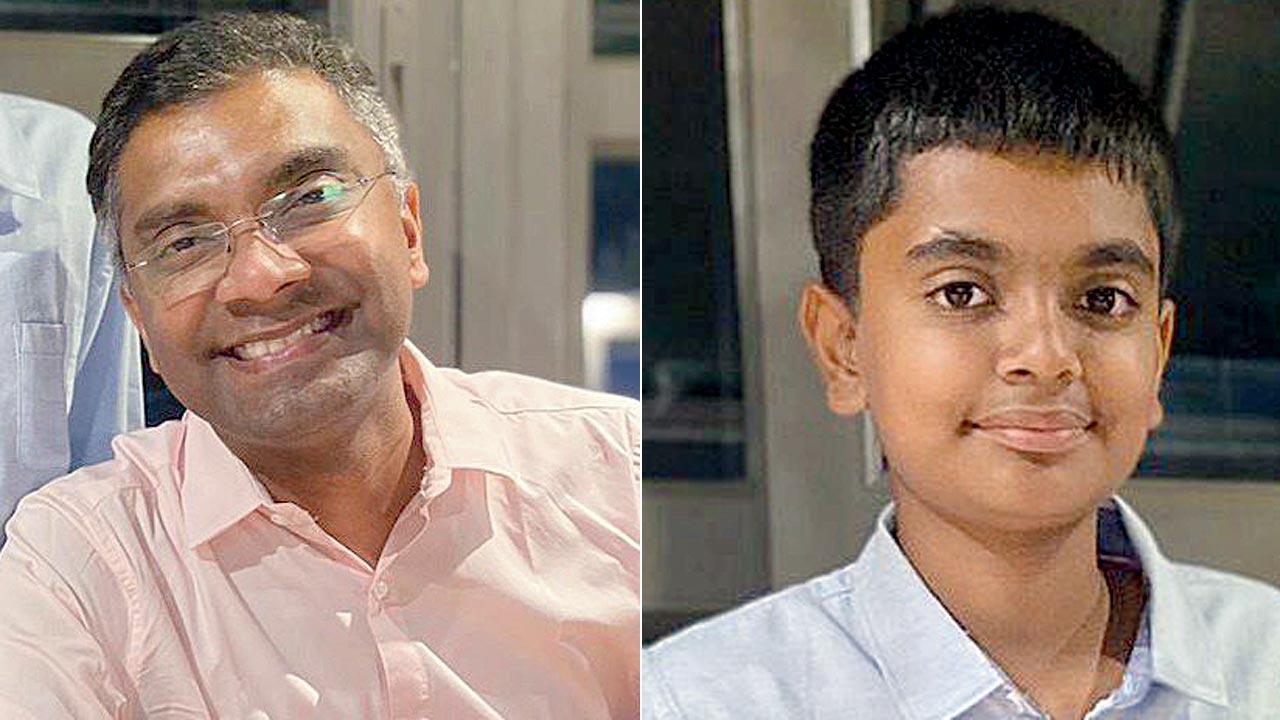Meet Sangeeth Varghese and Zac Sangeeth, the unlikely but power-packed father-son duo behind the upcoming book, Hidden Links, that uncovers surprising facts about sexism

Zac Sangeeth, who’s known as “the world’s youngest historian”, became interested in history after discovering the story behind the Mona Lisa
“The main question that intrigued us is, what is that mystery which changed humanity?” asks Sangeeth Varghese, three-time author, leadership thinker, and president of a large international institution based in Europe. Varghese and his son Zac found themselves pondering over this question while writing their latest book, Hidden Links: How Random Historical Events Shaped Our World.
ADVERTISEMENT
The book, which will be published on July 24, seeks to uncover hidden connections between random historical events. The father and son are eager to share what they believe is a major finding in the book—the fact that women’s freedoms suddenly started declining during a period of 200 to 250 years. The duo’s interest in history was born out of discussions and debates on the subject. Zac, all of 12 years old, bears the impressive moniker of “the world’s youngest historian”, and wrote his first two books, World History in Three Points and its sequel, More World History in Three Points, at age 10.
It was a trip to Paris that started it all. Zac’s mother, Annu, had a habit of showing him pictures of the tourist spots and places she’d visited on her trip. “One of the pictures I came across was that of the Mona Lisa. I was really intrigued by this picture, because I wanted to know why exactly it was so famous and what was so different about it. I started researching about the Leonardo Da Vinci and the Mona Lisa, and that’s when I realised that to understand a subject in history, you also need to understand the events and the people that surround it.”
 Sangeeth Varghese and Zac Sangeeth
Sangeeth Varghese and Zac Sangeeth
Varghese explains that the book came about through a strategic mapping of several historical data points. “The initial idea came from Zac. He wondered what would happen if we started putting together longer threads in history. His theory was that the roots of misogyny can be traced back to a particular point of time or a specific series of events.” Even though they were working towards a common goal, the father and son’s individual ways of approaching the research were different. Zac approached it like a Twitter thread, with one event leading to another, while Sangeeth applied the tools like strategy planning and data analysis.
“Around 5,000 years ago, several prominent civilizations were springing up—the Egyptian old Kingdom and Middle Kingdom, the Indus Valley civilization, the Sumerian civilization, and Greece’s Minoan civilization. All of them were agrarian civilizations and matriarchal in nature,” Sangeeth explains. “After peaking at around 2000 BCE, every one of these civilizations declined in 1700 BCE, at exactly the same time.”
The reason, he states, is because of the Bronze-age climate change. After that, new civilizations began to grow, like the New Kingdom in Egypt and the Vedic civilization in India, the difference being that women’s rights and freedoms were in complete contrast to what they were before. This is because male migrations from the Eurasian Steppes led to domination against women of other races.
“What I like about history is that it’s grey, not just black-and-white,” Zac concludes. “Mathematics, sciences, they’re black-and-white. There is just one answer. But in history, your perception of the event is what matters.”
 Subscribe today by clicking the link and stay updated with the latest news!" Click here!
Subscribe today by clicking the link and stay updated with the latest news!" Click here!







